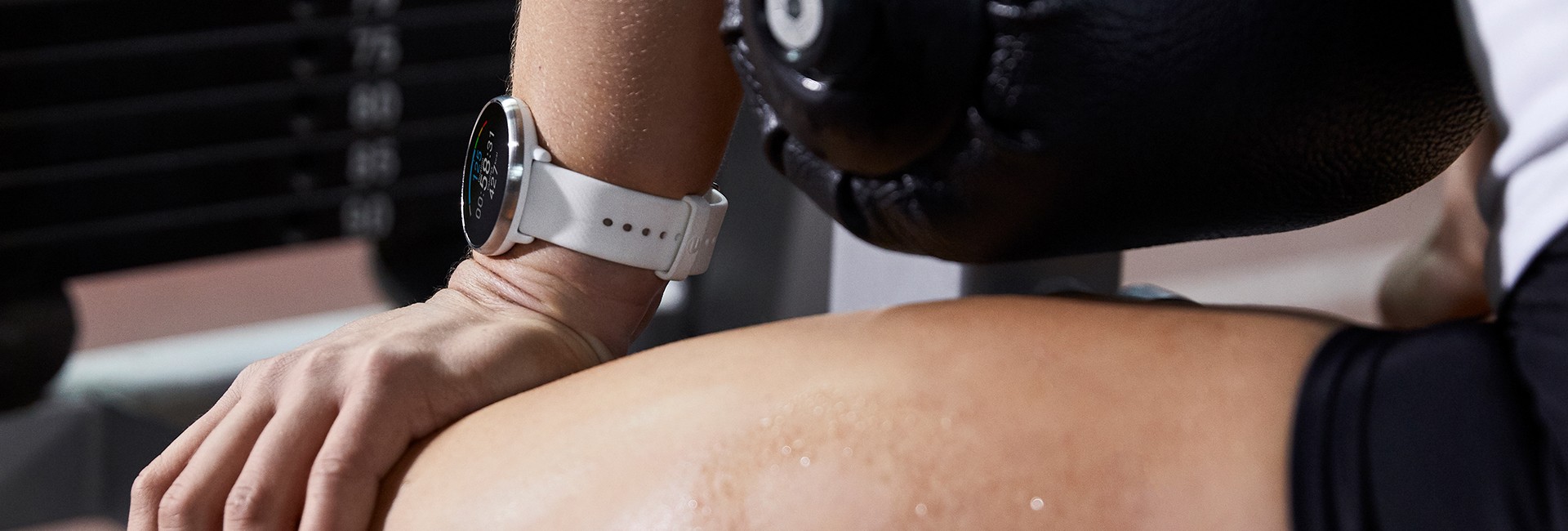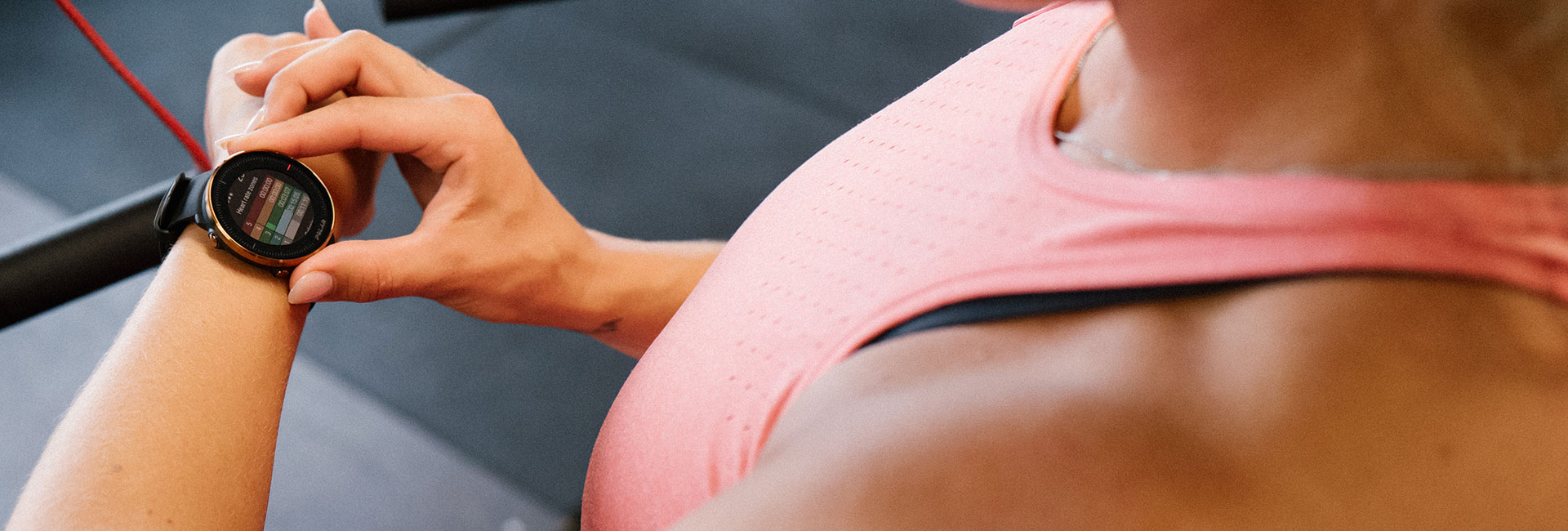Going by stereotypes (and heavily simplifying), when it comes to the cardio vs. weights debate, you could say that endurance athletes have traditionally steered clear from weights in fear of bulking up, whereas bodybuilders avoid cardio equipment like the plague, horrified that using them will eat away their hard-earned sizeable muscles.
The logic seems simple enough: If your objective is to slim down – or to effortlessly run for hours – strength training isn’t the way to go.
On the other hand, if you want to get hefty biceps, the exercise bike does little to help you reach your goal. But is there more to the story?
cardio vs. weights: which Is Better?
There is more when it comes to the question of cardio vs. weights. It’s kind of impossible to say that one is better than the other as in physical exercise, versatility is key and comes with several benefits.
Let’s take weight loss as an example. At first glance, it would appear that the workout that consumes the most calories is the way to go – after all, losing weight is a straightforward equation of calorie intake minus calories burned. For someone who wishes to slim down, physical exercise is a way to maximize the latter so heading for cardio machines seems like a no-brainer.
Yet, total calorie consumption isn’t just the immediate numbers on the screen of a cardio machine. For people wanting to lose weight, a key reason to incorporate strength training into their weekly workout routines is the effect muscle mass has on energy consumption.
The beauty of muscle tissue from a weight-loss perspective is that it uses up more energy than fat tissue, even at rest. Growing your muscles, therefore, translates to bigger TDEE – Total Daily Energy Expenditure – even when you do nothing with those muscles.
It’s true, however, that muscle tissue also weighs more than fat, but if that’s something you’re worried about, ask yourself this: Would you rather weigh less and have more fat on you, or weigh more and have a bigger percentage of that weight be solid, defined muscle?
So go ahead, Biggest Loser:
Load up that squat bar and build some lean, strong muscle that’ll help you get rid of the excess fat while toning and shaping your legs.
That’s all fine and dandy, thinks the endurance athlete, but what’s in it for me?
Plenty, is the answer.
Many of the injuries avid runners and cyclists get are from overuse. When the same joints are put through the same motion, day in and day out, it’s obvious that something’s got to give. Yet, the problem is hard to avoid. After all, in order to get better at your game, you need to practice. Adding some versatility to the way in which you exercise your sport of choice can bring some relief.
When, for example, road runners take their training to a softer trail surface, they may hear fewer complaints from their often vocal knees and Achilles’ tendons.
Strength training also lubricates the joints, which nourishes the cartilage.
Another way to protect oneself from repetitive trauma is to reduce the strain on ligaments. This can be done by strengthening the muscles around the fragile joints.
If your goal is to Build Strength, Why DO CArdio?
What, then, is the motivation for bodybuilders to incorporate cardio training into their workouts?
For many working on building bigger muscles, an essential part of the goal is to have those muscles be visible, which translates to low body fat… which means increasing calorie consumption… which leads to… Well, you do the math.
Not only is cardio excellent for teasing out muscle definition, but it also offers bodybuilders numerous general health benefits, such as improved cardiovascular health and stronger heart and lungs.
As an exercise form, cardio is highly effective in reducing the risk of heart attack, high cholesterol, high blood pressure, diabetes, and even some forms of cancer.
The Benefits Of Doing Both Cardio And Strength Training
For the endurance athlete reading this, still worried about weight training slowing her down, or the bodybuilder skeptical whether the elliptical will do him any good, it’s worth remembering the many ways to train both strength and cardio.
If your end goal is in improving endurance, think of strength training as a spice to your otherwise cardio-heavy diet.
Just one strength workout a week can be an enormous help and serve as a much-needed relief from the repetitive motion of your main sport.
Similarly, if you’d rather just focus on lifting, sneak in one or two cardio sessions per week – perhaps as a warm-up before loading up on weights.
Besides frequency, you can also vary the ways in which you train cardio and strength. A great tool for getting stronger without growing heavy muscles is to work out in a circuit-type fashion. Keep moving from one exercise to the next, minimizing time between sets, keeping your heart rate up, and getting your daily cardio while strength training.
As for weight selection for endurance athletes, bodyweight training is golden. Good old moves like push-ups and planks are fantastic for engaging and developing big muscle groups without fear of gigantic muscles.
The weight lifter wanting to tap into the health benefits of cardio while protecting the size of his muscles will find high-intensity interval training (HIIT) terrific. HIIT plays with heart rate variation, which means that a short stint of hard work and breathlessness is followed by a recovery period – and then, it’s all repeated again. The duration of a HIIT workout is short, but the list of its health benefits is long.
Go BEyond Your Potential
Although there’s value in doing what you enjoy, sometimes stepping out of the familiar format is exactly what you need to maximize your fitness and reach your goals.
Chances are that by trying new ways of exercising you’ll notice some unexpected benefits, too. Maybe you’ll fly up those steep hills thanks to your strong glutes and quads, or breeze through your heavy lift sets without getting nearly as breathless as before.
If you liked this post, don’t forget to share so that others can find it, too.
Or give it a thumbs up!
I like this article
Please note that the information provided in the Polar Blog articles cannot replace individual advice from health professionals. Please consult your physician before starting a new fitness program.





